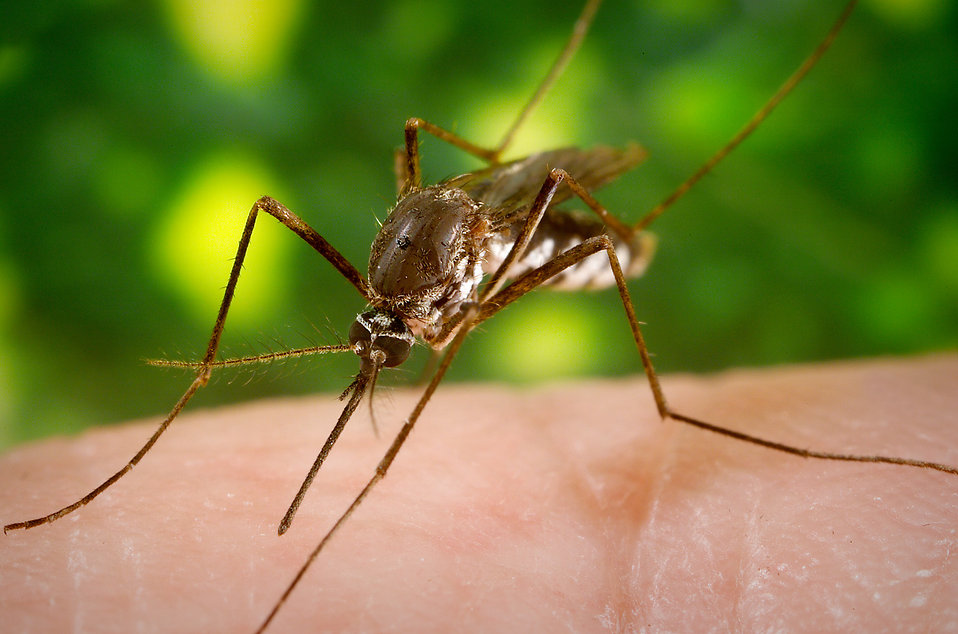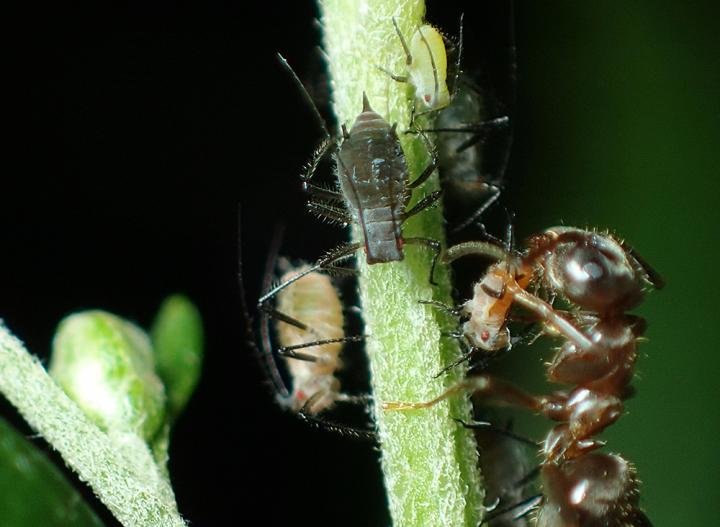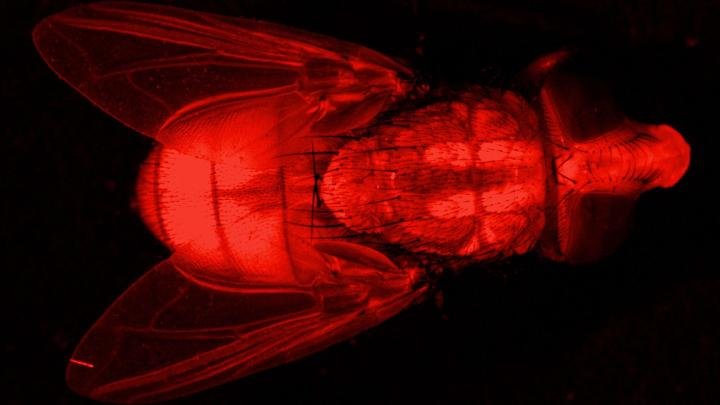Working on ways to reduce DENV transmission, Michael Conway, from Central Michigan University College of Medicine in Mt. Pleasant, USA, and colleagues, explore the targeting of mosquito saliva or midgut proteins to block transmission of DENV. This strategy has advantages compared with vaccines based on viral proteins because it does not need to take into account the different circulating DENV strains or adapt to rapidly evolving viruses.
The researchers had previously isolated proteins from the salivary glands of Aedes aegypti, the mosquito that transmits the Dengue, Zika, and Chikungunya viruses, and tested batches of proteins to see if they could either enhance or block DENV transmission to human cells. In this study, they focused on proteins that could inhibit DENV.
Analyzing batches of proteins with inhibitory function, the researchers found high levels of so-called D7 proteins. Members of the D7 family are known to be present in mosquito saliva and thought to assist the blood feeding process. Comparing uninfected Aedes mosquitoes with DENV-infected ones, the researchers found that the latter had increased levels of D7 proteins in the salivary glands compared with uninfected controls.
They then produced one of the D7 proteins in insect cells and used it in further functional analyses. Treating cells that are susceptible to DENV infection with the D7 protein either before or during exposure to the virus significantly reduced DENV RNA levels in the cells, suggesting that D7 might both modulate the host cell as well as possibly act on the virus directly to inhibit infection or multiplication.
To determine whether D7 can inhibit DENV2 infection in vivo, the researchers exposed mice that are susceptible to DENV either to virus alone or to a combination of virus and D7. The presence of D7, they found, significantly reduced the levels of DENV RNA both at the exposure site and in neighboring lymph nodes (from where virus spreads to the rest of the body).
To understand how D7 protein mediates its antiviral effect, the researchers tested whether D7 can interact with DENV directly. They found that D7 can bind the DENV via the virus’s envelope protein (which covers the viral surface). These results, the researchers say, “support that D7 protein mediates its antiviral effect through direct protein-protein interaction […], although it is possible that modulation of the inflammatory response also occurs in vivo.”
D7 proteins can provoke strong immune responses, and individuals exposed to mosquitoes have high levels of anti-D7 antibodies. Because these antibodies likely inhibit D7 protein function, the researchers speculate that “although anti-D7 antibodies may prevent efficient blood feeding by a mosquito, they may also enhance disease transmission and disease severity.” “Characterizing the complex interplay of virus-vector-host interactions,” they conclude, “will lead to the development of better models of pathogenesis, strategies to limit disease transmission, and promote the development of therapeutics and transmission-blocking vaccines.”
Source: PLOS






